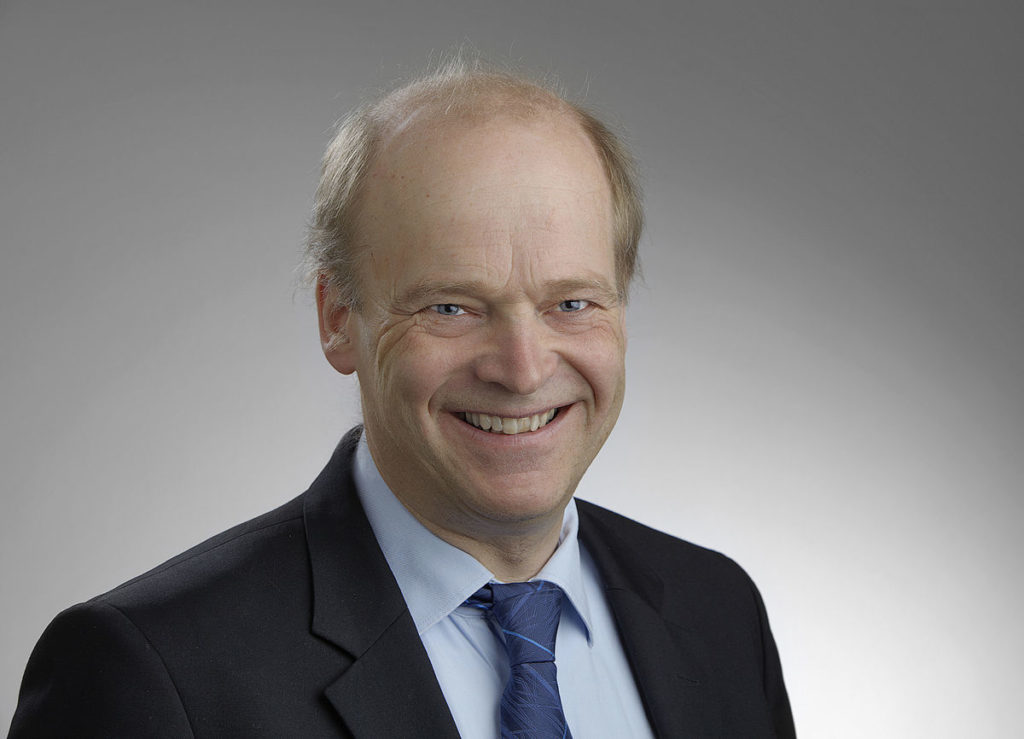
The godfather of offshore wind has said that most big developers in the sector “are likely to engage with floating wind sooner of later” as they realise the benefit.
Henrik Stiesdal is one of the pioneers of the modern wind industry.
He built his first wind turbine in 1976 and in 1978 designed one of the first commercial wind turbines, licensed by Vestas in 1979.
But he added that he doesn’t see firms jettisoning fixed bottom as the market grows.
Mr Stiesdal said: “I can’t see why they would not decide to continue in, what is today, their mainstream business. But gradually they will see that floating wind takes up a larger and larger proportion of their portfolio.”
Mr Stiesdal worked with Vestas until 1986 and joined Bonus Energy, later Siemens Wind Power, in 1987 and was appointed technical manager, and in 2000 chief technology officer.
He believes the technology in offshore wind is constantly in flux and claims that there will inevitably be a change in technology which countries deem to be best, given their ecological demands.
He said: “Offshore wind has become very competitive, and it may yet become a cornerstone in electricity generation.
“But the problem is it has become an anomaly in the world because though they work in the North Sea and China and now certain places off America, it’s in relatively shallow water close to population centres.
“But most of the world is not that fortunate. That is where floating wind comes in.”
Asked what he sees as the next great challenge for floating wind technology, Mt Stiesdal said:”If you know about the problems, you can avoid them.
“By the very nature of the aspects of offshore wind the problems will tend to be surprising. The main issues are usually not the big problems, it’s the small issues that will bother you.
“Where problems arise where you thought they’d be problems elsewhere. It’s unlikely to give rise to dragged anchors or anything like that.
“There are very few operating floating turbines that are operating around the world and that means that still remains to be developed.
“The conditions are as yet untested in floating wind. But I’m 100% sure that will be resolved, because that is how the world works. There will be a solution but we just haven’t seen it yet.”
Recommended for you
